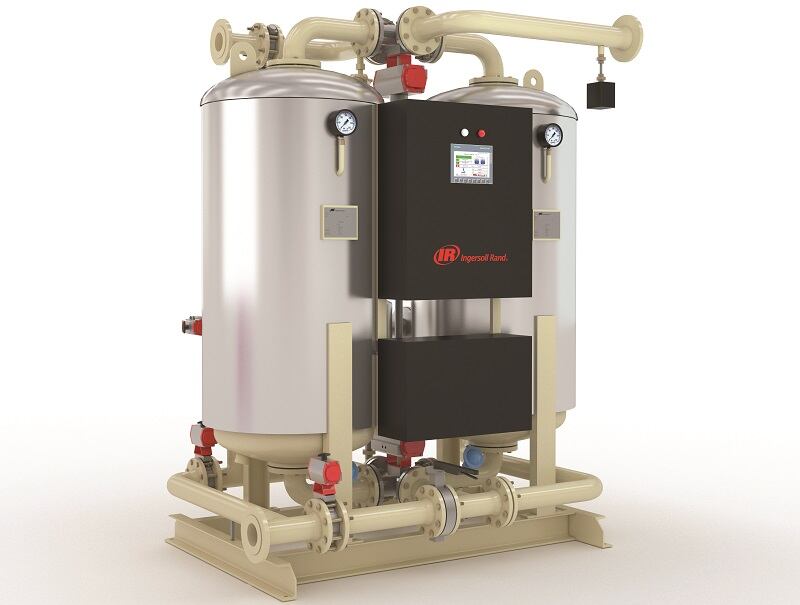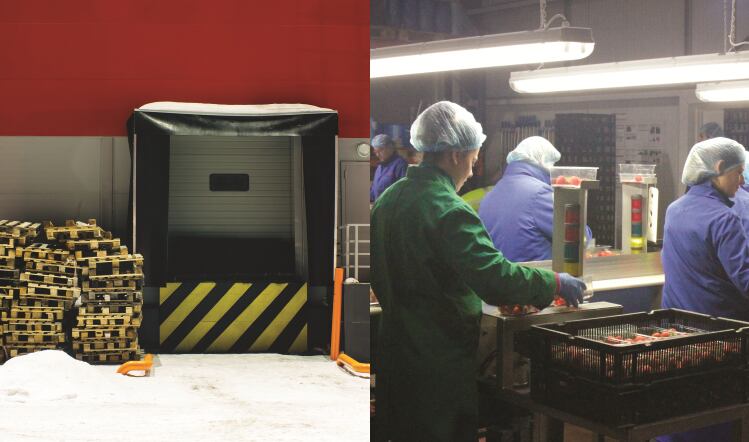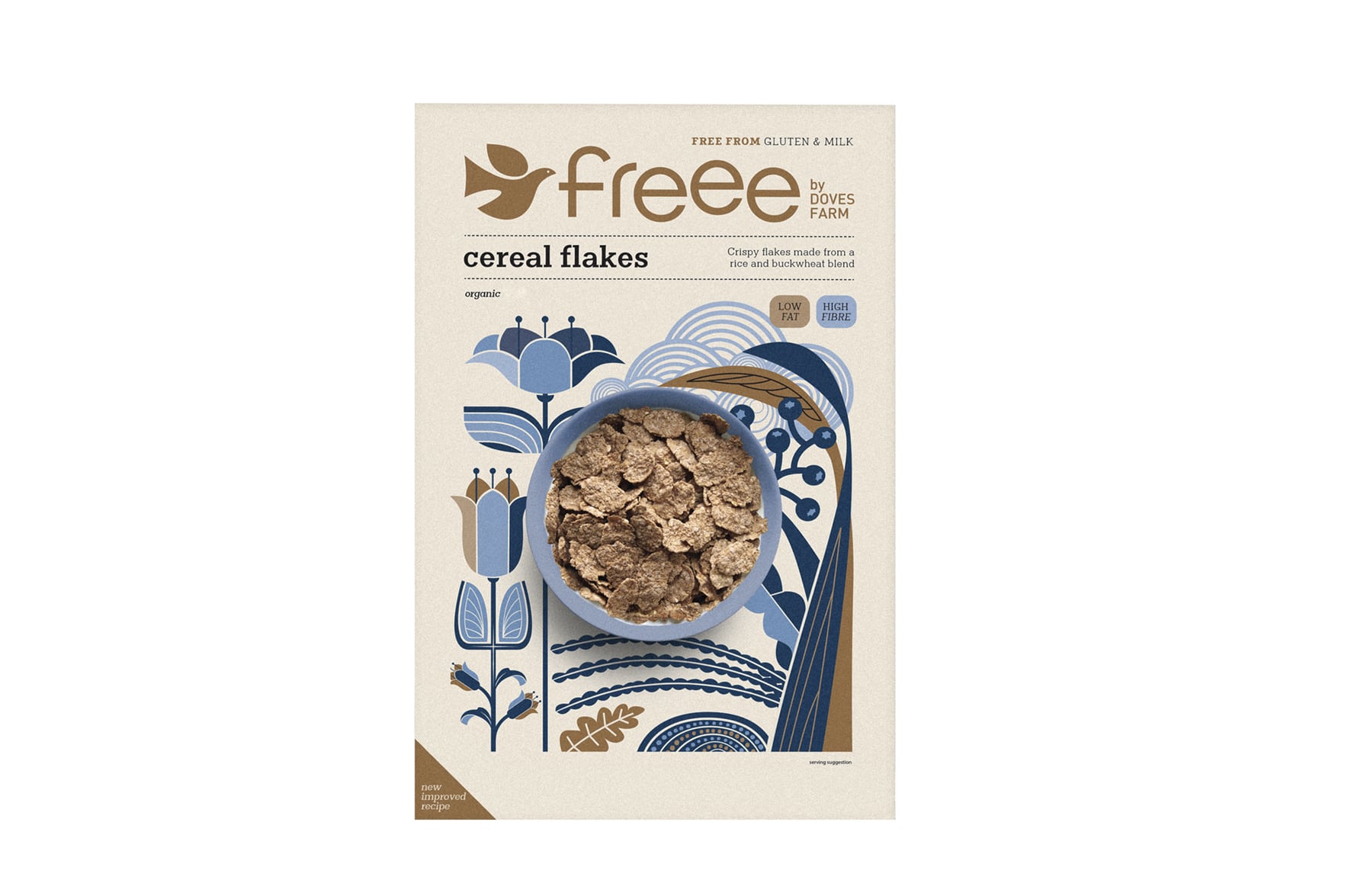The dryers recycle heat that is a natural by-product of the compression process and would normally be wasted. The heat instead is used to regenerate the desiccant (drying agent) throughout the drying process, making the dryers more energy-efficient.
They feature a dual-tower design that – as with all dual-tower models – offers a continuous supply of dry compressed air. The towers are switched between desorption and adsorption cycles to constantly regenerate the desiccant.
According to Ingersoll, this allowed the compressed air to be in contact with the absorbent media for longer versus other technologies in the market, resulting in less dependency on working conditions to deliver the required air quality.
High-quality clean air
“Our industrial customers require high-quality clean air to ensure their product quality is impeccable,” said Armando Pazos, vice president of Ingersoll Rand compression technology and services in Europe, the Middle East, India and Africa. “At the same time, they are looking to make their operations as efficient and sustainable as possible by recovering energy in every process. We have designed our new HOC dryers to respond to all these needs.”
Other features of the new Ingersoll Rand HOC dryers include an airflow of 800–6,000 m3 per hour (hr) for rotary screw compressors and 3,900–15,300 m3/hr for centrifugal compressors. There is also a controller with connectivity capabilities that can be installed with multiple compressors.
In addition, the dryers feature full-flow valves and an optimised piping layout, which are said to deliver moisture-free quality air while minimising pressure drop; year-round stable dew points down to -40°C and below; and high temperature coating on wet parts for better corrosion resistance and dryer life.



